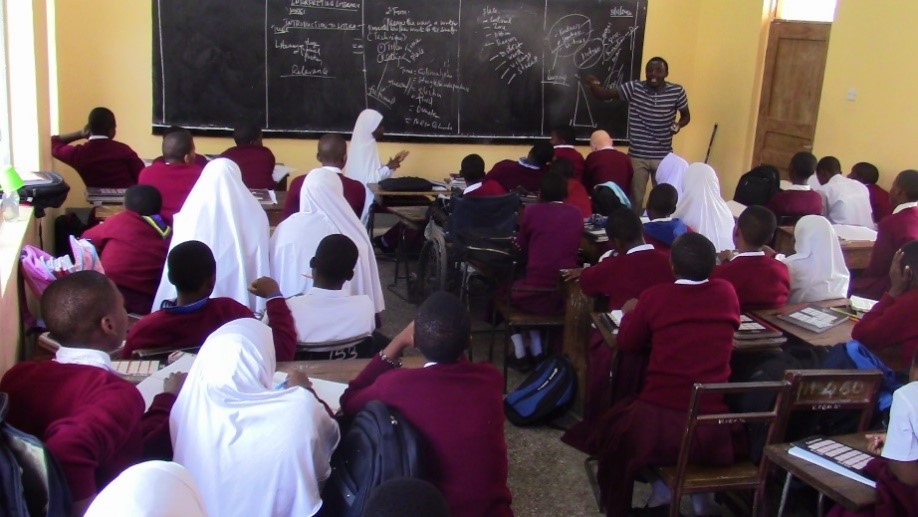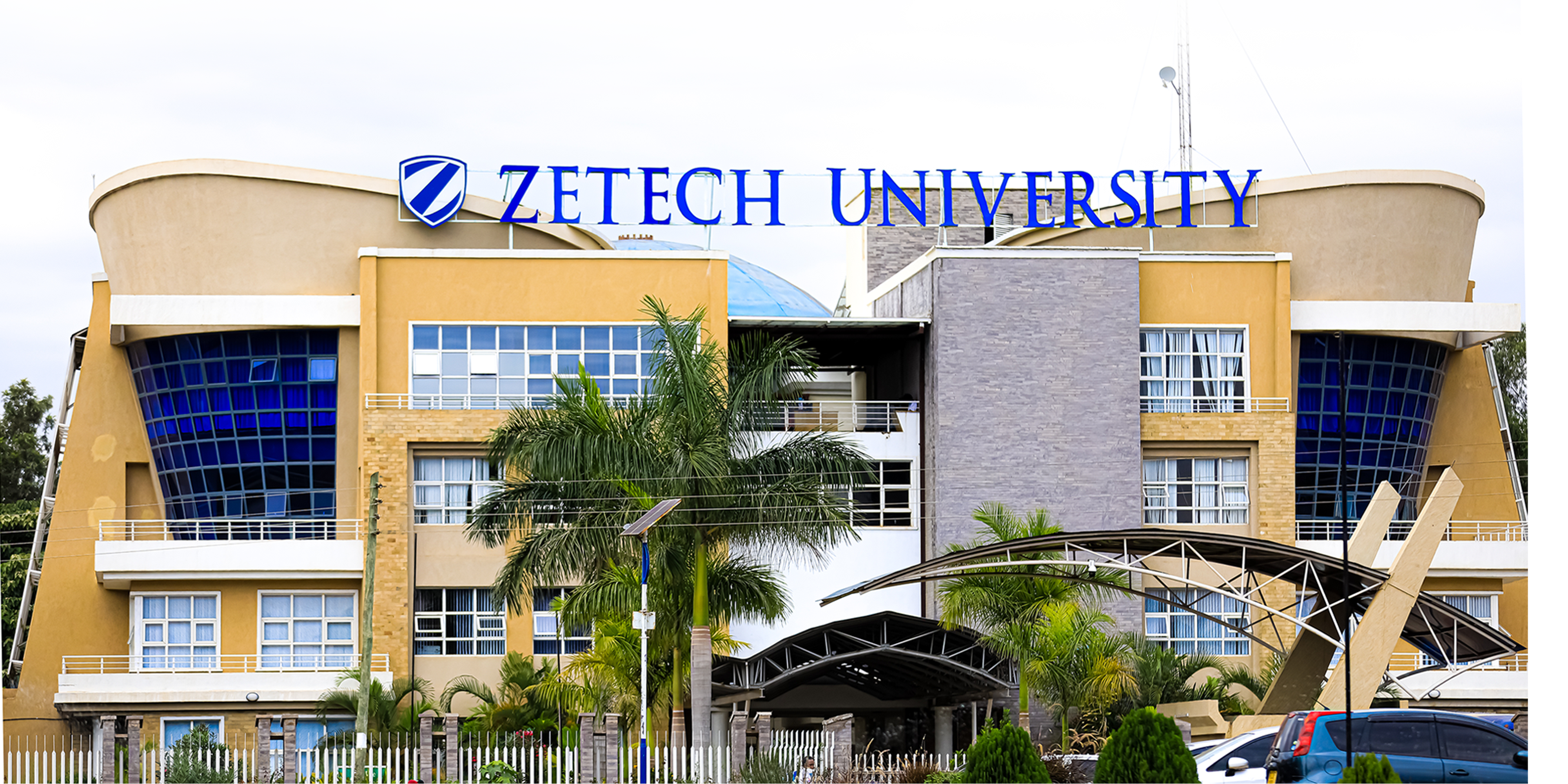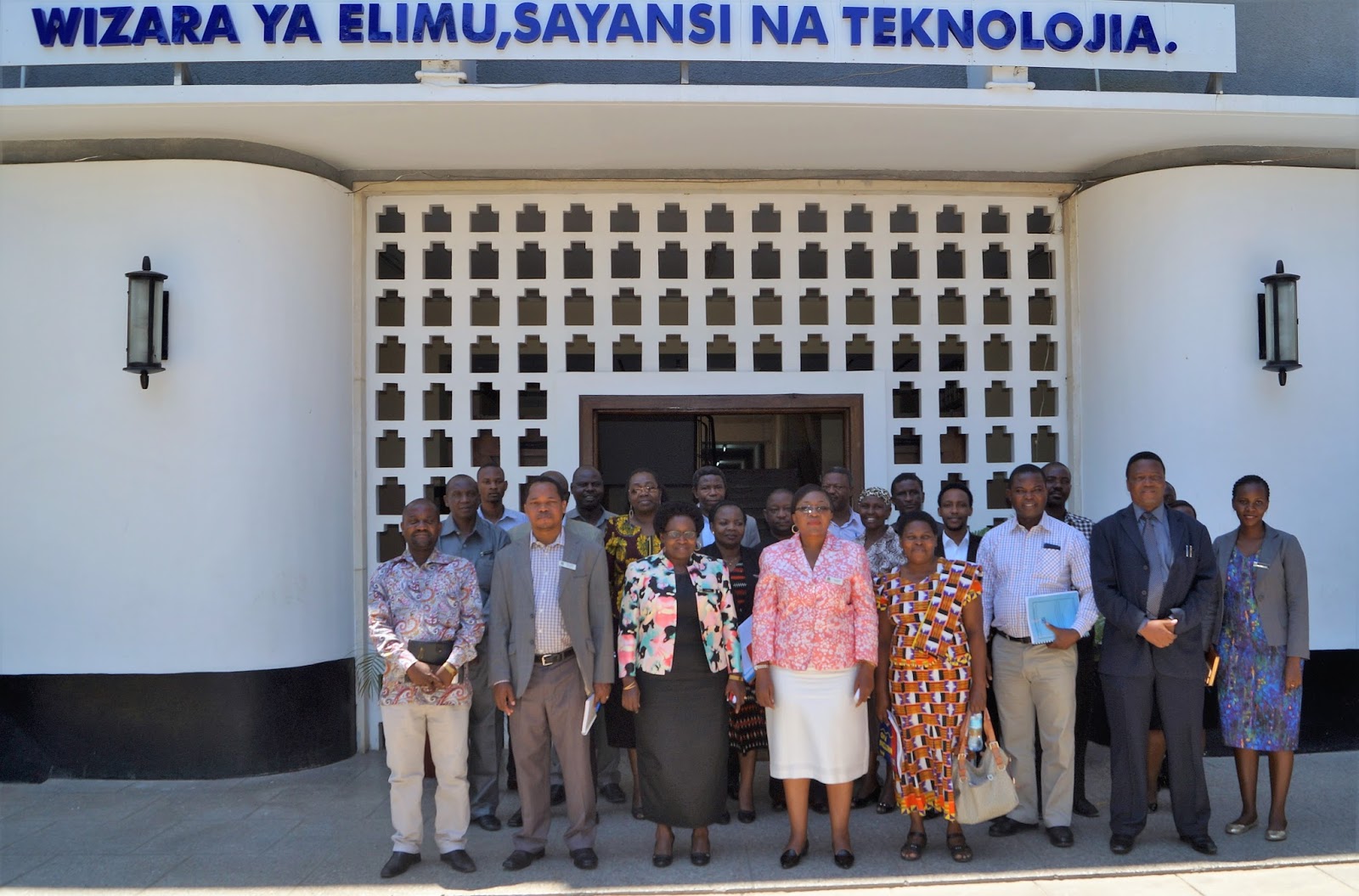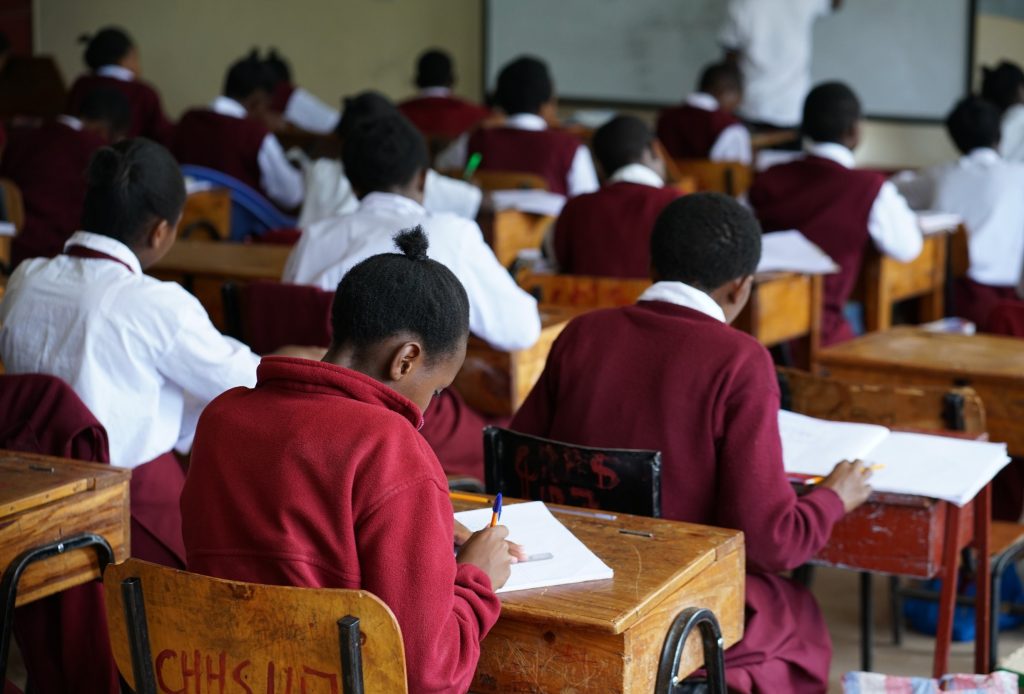
Education is the cornerstone of national development, and Tanzania has recently demonstrated the transformative power of well-implemented educational reforms.
With sweeping changes aimed at improving learning environments, enhancing teacher training, and increasing access to resources, the country is witnessing unprecedented academic success, particularly in high school pass rates. This blog delves into the reforms driving this success and their long-term implications for Tanzania’s future.
The Landscape of Education in Tanzania
Tanzania has long prioritized education as a tool for empowerment and economic growth. However, challenges such as overcrowded classrooms, insufficient teaching materials, and untrained educators have historically hindered progress.
Recognizing these obstacles, the government has launched strategic initiatives to overhaul the education system and ensure every student has the opportunity to excel.
Key Reforms Driving Success
1. Free Education Policy
The introduction of free education from primary to secondary levels has dramatically increased enrollment rates. By eliminating tuition fees and reducing the financial burden on families, the government has enabled more students to access quality education.
2. Teacher Training and Development
Well-trained teachers are the backbone of any successful education system. Tanzania has invested heavily in professional development programs, equipping educators with modern teaching techniques and subject mastery. This reform has directly improved classroom delivery and student comprehension.
3. Curriculum Overhaul
To align with global standards and the demands of the modern workforce, Tanzania has revised its national curriculum. The new curriculum emphasizes critical thinking, problem-solving, and practical skills, ensuring students are better prepared for higher education and employment.
4. Enhanced Infrastructure
The government has prioritized building new schools, expanding existing facilities, and providing essential resources such as textbooks and laboratory equipment. These efforts have created a conducive learning environment that supports academic achievement.
5. Digital Integration
Incorporating technology into education has been a game-changer. Initiatives such as e-learning platforms, digital libraries, and ICT training for teachers have bridged the gap between urban and rural schools, ensuring equitable access to information.
The Impact on Academic Performance
The results of these reforms are evident in recent national examination statistics. High school pass rates have reached record highs, with more students qualifying for tertiary education than ever before. Rural areas, which previously lagged behind, are now producing top-performing students, showcasing the widespread impact of these reforms.
Case Studies: Success Stories
1. Improved Pass Rates in Rural Regions
Regions such as Kigoma and Lindi, once known for low academic performance, have shown remarkable improvement. Increased teacher deployment and infrastructure development have played a significant role in this transformation.
2. Female Student Empowerment
The emphasis on gender equality in education has led to higher enrollment and pass rates among girls. Programs addressing issues such as early marriage and menstrual health have enabled more girls to complete their education.
3. STEM Excellence
Specialized programs promoting science, technology, engineering, and mathematics (STEM) have encouraged students to pursue these critical fields. This focus has resulted in a higher number of students excelling in STEM subjects, positioning Tanzania as a future hub for technological innovation.
Challenges and the Way Forward
Despite these achievements, challenges remain. Issues such as teacher shortages in remote areas, limited funding for higher education, and disparities in resource allocation need to be addressed.
The government must continue to prioritize education and collaborate with stakeholders to sustain and build upon these gains.
Conclusion
The reforms in Tanzania’s education sector have propelled students to unprecedented academic success, proving that strategic investments in education yield transformative results.
By nurturing the potential of its youth, Tanzania is not only empowering individuals but also laying the foundation for national progress.
As the country continues to refine its education policies, it sets an inspiring example for other nations striving to achieve similar success.
Start exploring how these reforms are shaping Tanzania’s future and witness the power of education in action.
Related articles
- Top 10 Students in KCSE Results 2024/2025: How to Check and Celebrate Excellence
- Top 100 Students in KCSE Results 2024/2025: Celebrating Kenya’s Brightest Minds
- Top 10 Schools in KCSE Results 2024/2025: Leading the Nation in Academic Excellence
- How to Check KCSE Results 2024/2025: A Step-by-Step Guide
- KCSE Results 2024/2025: How to Access, Interpret, and Plan Ahead


